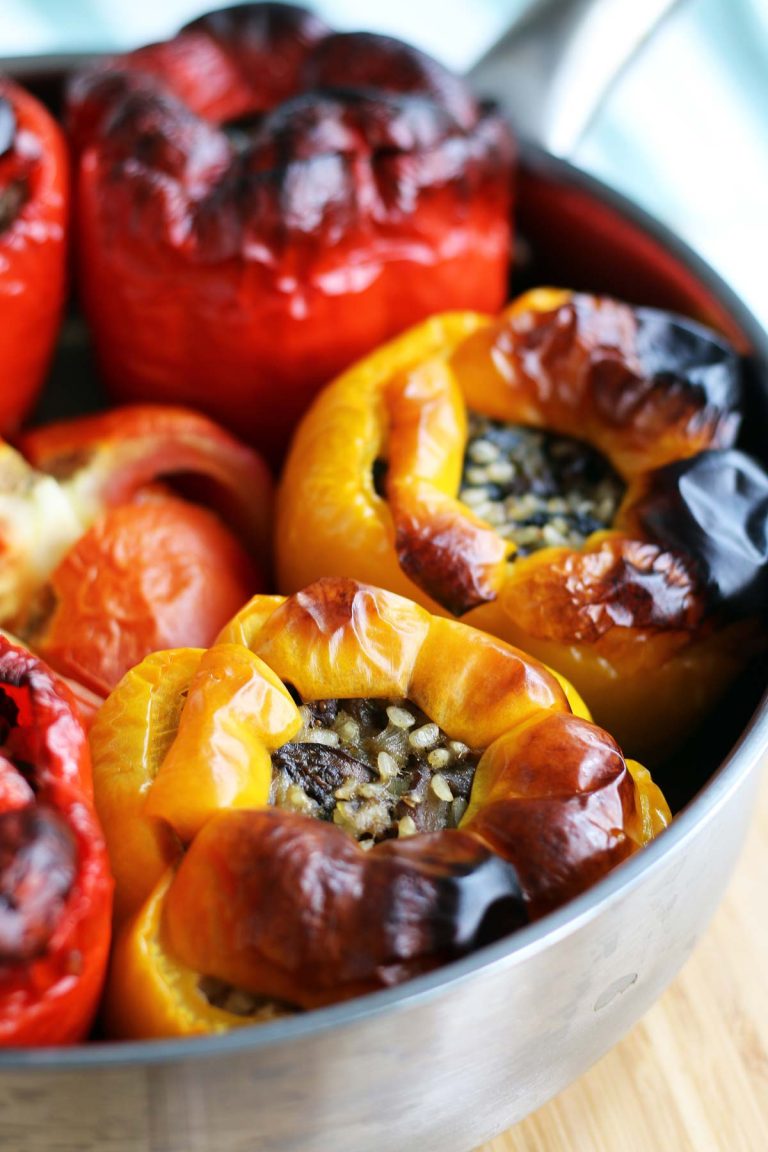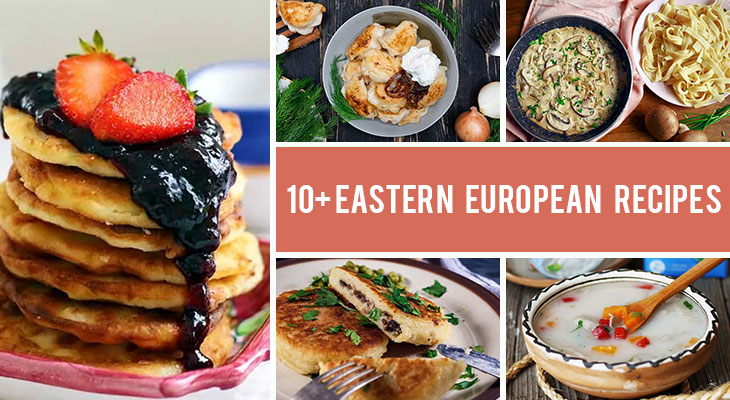

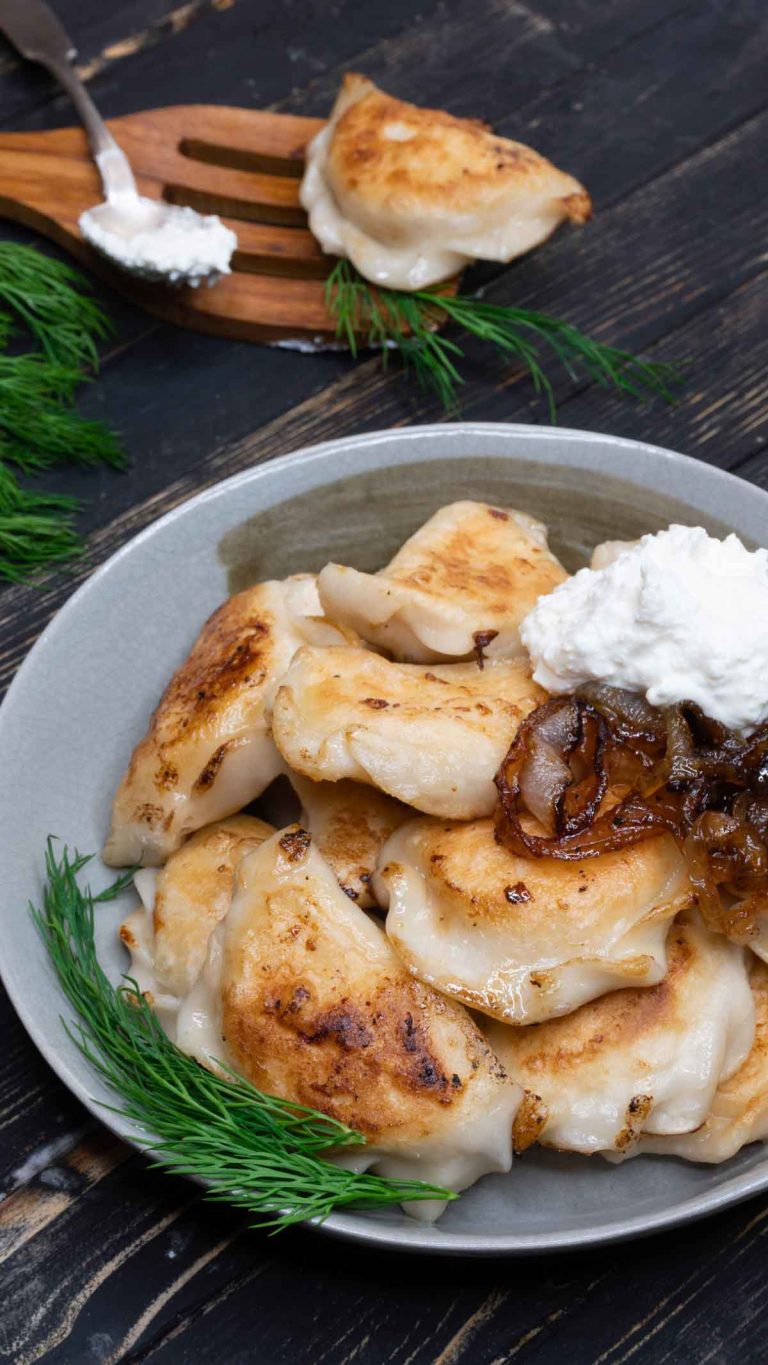
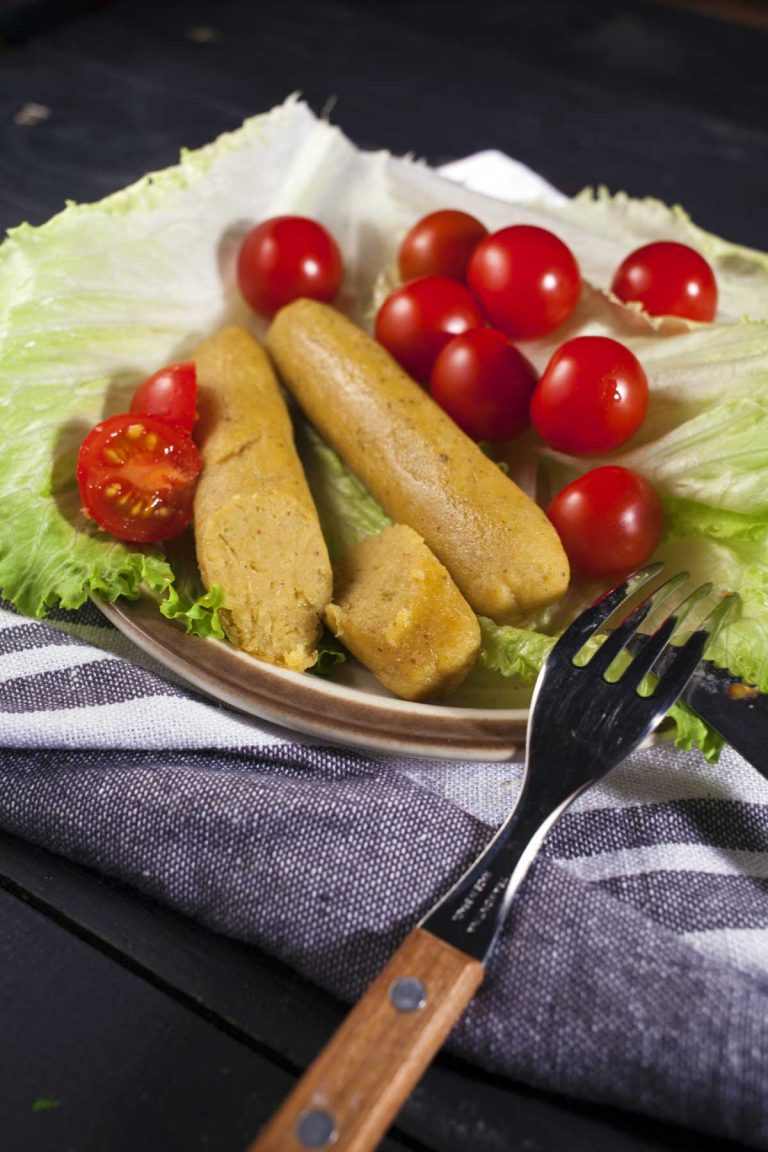
Dairy-Free · Diet Friendly · Dinner · Low-Calorie · Low-Fat · Lunch · Main Dishes · Recipes · Vegan
Vegan Sausages – homemade
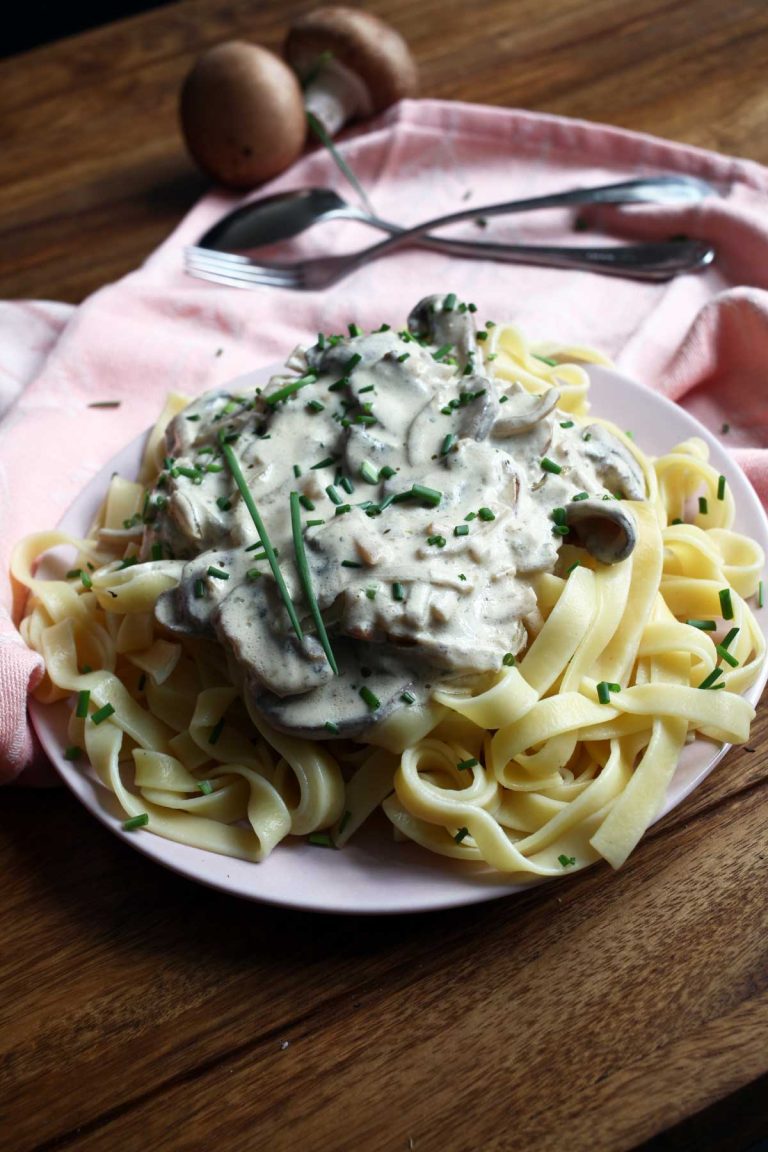
Dairy-Free · Dinner · Gluten-Free · Lunch · Main Dishes · Recipes · Vegan
Mushroom Stroganoff
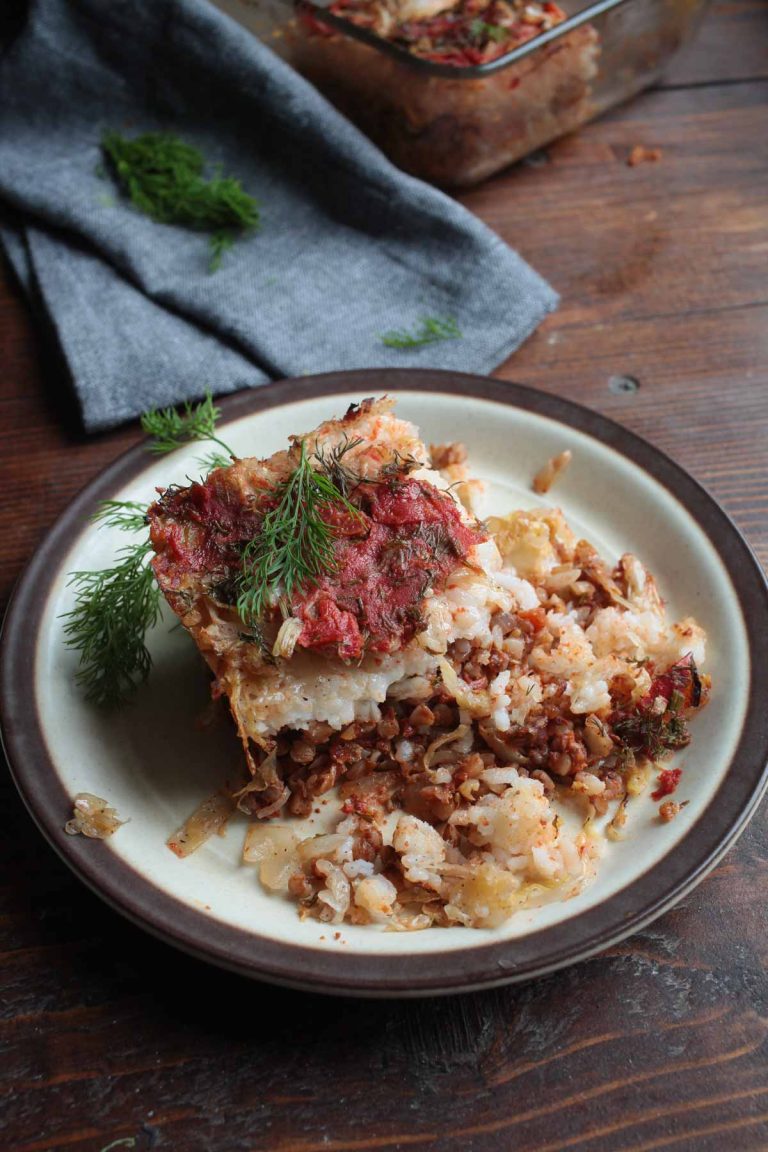

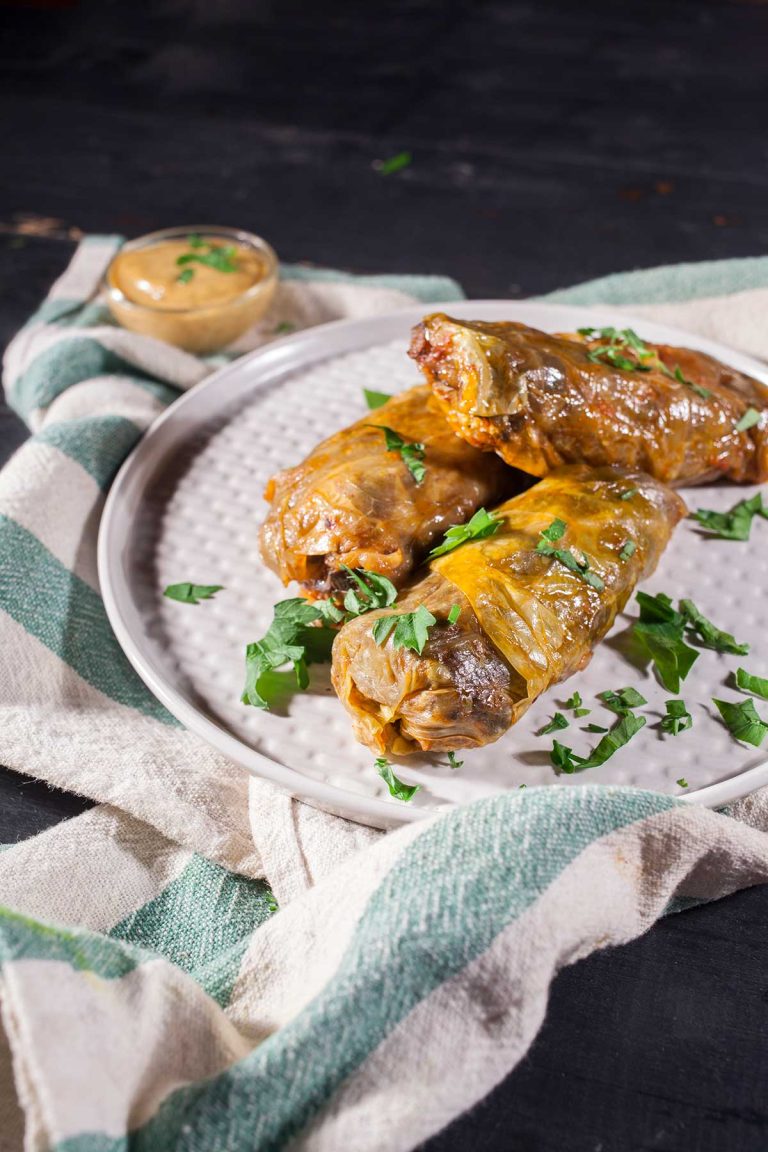

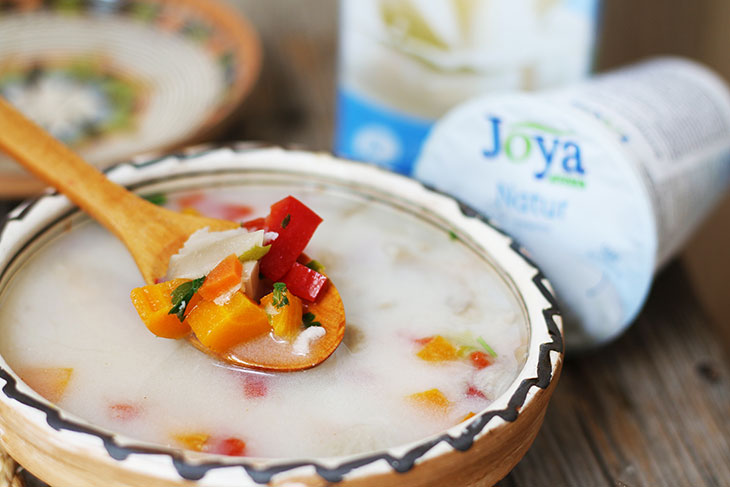
Dairy-Free · Diet Friendly · Gluten-Free · Low-Calorie · Low-Fat · Lunch · Recipes · Soups · Vegan
Vegan Chicken Soup


